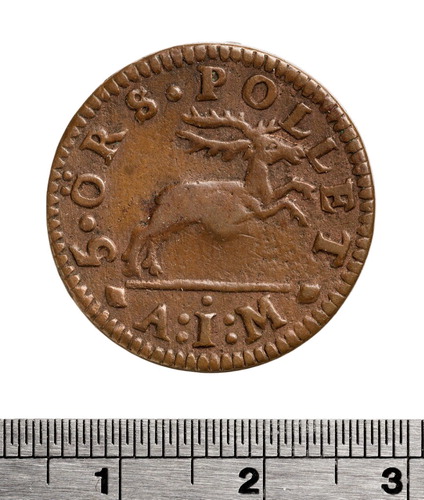Figures & data
Figure 1. Funerary shield of the Momma-Reenstierna family in Solna parish church, near Stockholm. Photo courtesy of Göran Ridnert, Svenska kyrkan, Solna församling.
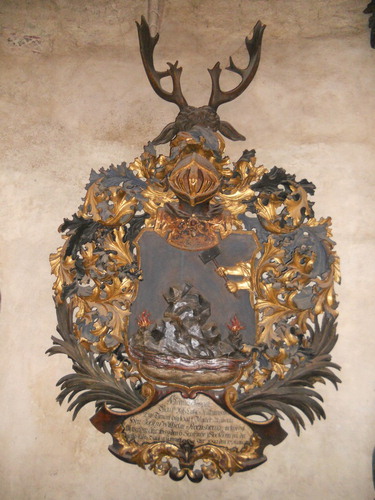
Figure 2. Some of the places mentioned in the article on the seventeenth-century map published in Johannes Schefferus’s Lapponia. From Schefferus [Citation1673] Citation1956, with additions by Carl-Gösta Ojala. A – Lake Torneträsk; B – Torne River; 1 – Svappavaara; 2 – Junosuando/Masugnsbyn; 3 – Kengis; 4 – Torneå/Tornio; 5 – Luleå; 6 – Uleåborg/Oulu; 7 – Jokkmokk; 8 – Silbojokk; 9 – Arjeplog; 10 – Lycksele; 11 – Kalix.
![Figure 2. Some of the places mentioned in the article on the seventeenth-century map published in Johannes Schefferus’s Lapponia. From Schefferus [Citation1673] Citation1956, with additions by Carl-Gösta Ojala. A – Lake Torneträsk; B – Torne River; 1 – Svappavaara; 2 – Junosuando/Masugnsbyn; 3 – Kengis; 4 – Torneå/Tornio; 5 – Luleå; 6 – Uleåborg/Oulu; 7 – Jokkmokk; 8 – Silbojokk; 9 – Arjeplog; 10 – Lycksele; 11 – Kalix.](/cms/asset/7b98441b-e30f-411d-9c13-1cf7bd7ad67c/sabo_a_1397397_f0002_c.jpg)
Figure 3. The Momma-Reenstierna town mansion at Wollmar Yxkullsgatan 25 in Stockholm. Photo by Jonas M. Nordin.
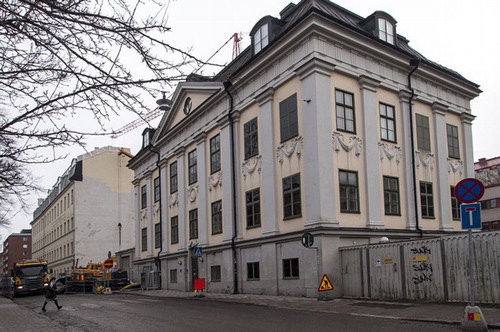
Figure 4. Hans Lybeckers’ map of the Torne River Valley from January 1643 with the mines of Junosuando in the upper left. Note that the ore is marked with both the symbols of Iron (Mars) and Copper (Venus). Photo courtesy of the National Archive, Stockholm.
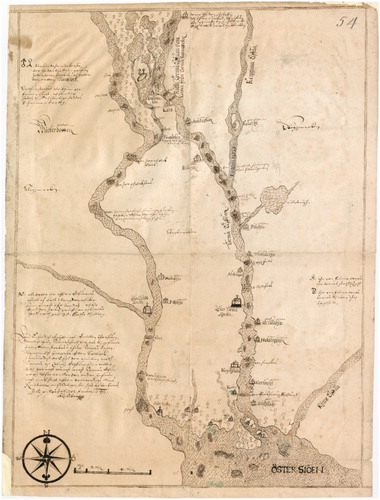
Figure 5. The copper canister from Svappavaara (the canister does not have an inventory number), Norrbotten County Museum. Photo by Kjell Öberg, Norrbottens museum, Luleå.
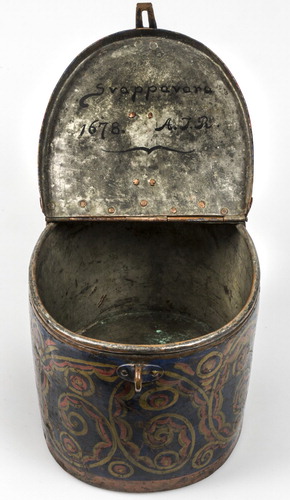
Figure 6. Sample of copper ore from Rannawaara brought to the mineral cabinet of the Swedish Board of Mines. The sample is labelled: “Koppar lazur fr. Rannawari högst upp i Sv. Lappmarken, som Lapparne 1672 eller 73? funnit men de norske sig tilägnat såsom liggande inom deras district” (“Copper from Rannawara at the far North of Swedish Lapland, found by Sámi in 1672 or 73 but taken by the Norwegians as part of their land”; our translation). Photo courtesy of Jörgen Langhof, the Swedish Museum of Natural History, Stockholm.
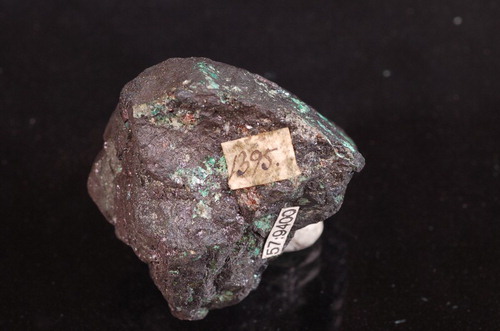
Figure 7. Map of the Kengis works 1660, “Kiengis bärgsbruck uti öfre Tornöö”. Photo courtesy of the National Archive, Stockholm, collection of mine maps.
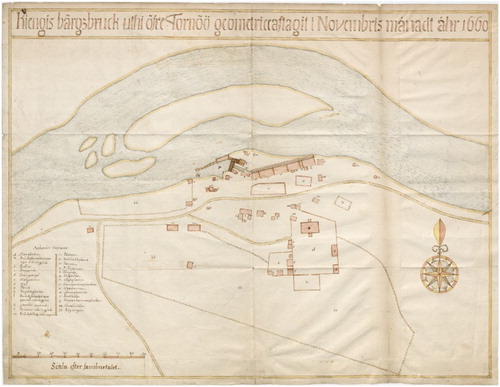
Figure 8. The drawing of Kengis works from 1660 by Denis Joris. Photo courtesy of Jernkontorets bruksbildskatalog (The Swedish Ironmasters Association).
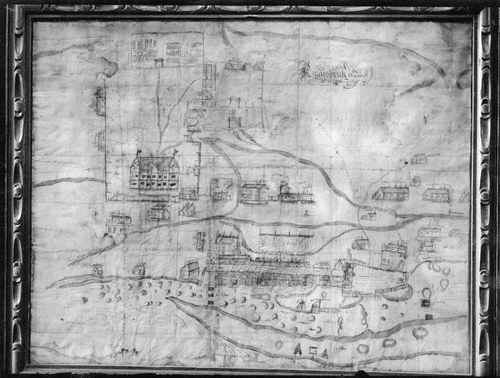
Figure 10. The cabinet from the settlement Maunu, in Norrbotten County Museum, inv. no. 137. Photo by Göran Dahlin, Norrbottens museum, Luleå.
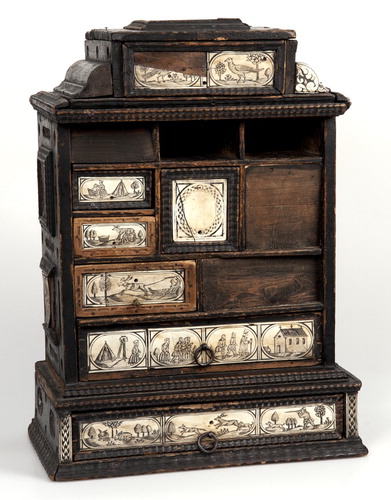
Figure 11. Ren dragande en ackja (“Reindeer and sleigh”). Painting by David Klöcker Ehrenstrahl, in private collection. Photo courtesy of Fredric Bedoire; see also one version of the painting in Nationalmuseum, Stockholm, inv. no. NMGrh 235.


